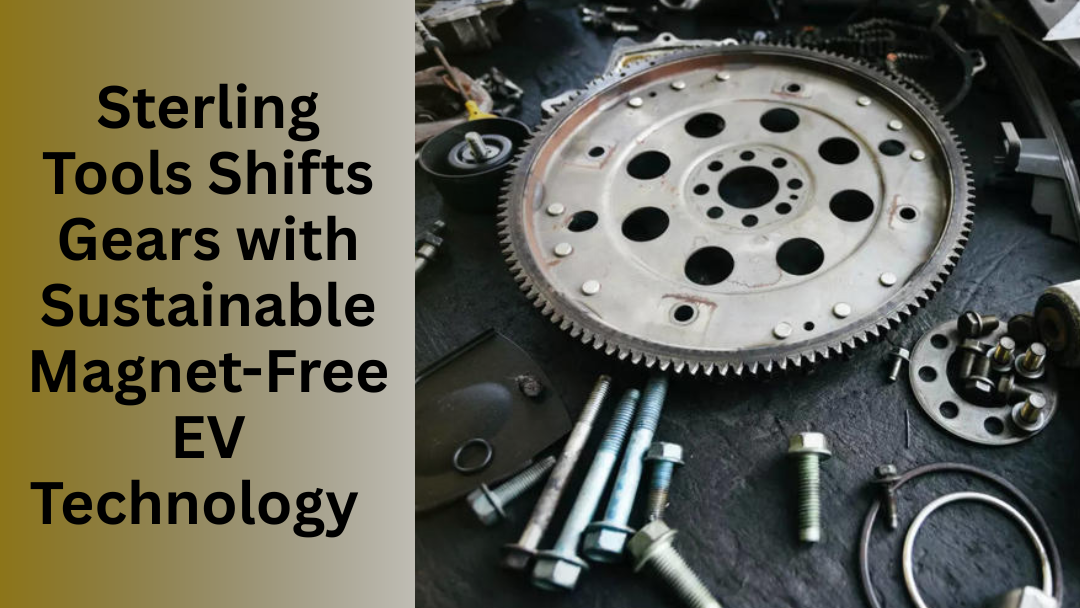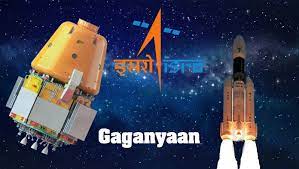In sometimes the global technical scenario that is developed, companies such as Apple are suited to continuously workforce change, supply chain fluctuations, and transfer international relations. Such a recent development involves the withdrawal of a significant number of Chinese engineers and technicians of Apple’s long -manufactured manufacturing partner Foxconn. Although this change can affect production timely or obstructed operation, sources indicate that Apple has already developed an alternative strategy to ensure that its production and supply chain remain unaffected.
This active steps highlight the strength of Apple in prolonged plan, resource diversification and operational excellence in front of change.
Did Foxcon’s workforce motivate the shift?
Apple’s largest contract makers appoint hundreds of thousands of workers in Foxconn, China and other countries. In the last few months, reports suggest that many skilled Chinese technical professionals have started returning to the mainland China, either looking for domestic job opportunities or referring to family and personal reasons.
Although such a workforce movement is not uncommon, this scale raised concerns about potential manufacturing recession, talent intervals, or labor deficiency – especially beyond the launch launch.
Apple’s forwarding strategy
Apple has not issued an official statement about the specific workforce movement, but internal sources suggest that technical giants are well prepared with many backup schemes. Here’s how Apple is dealing with the situation:
1. Diversity in manufacturing places
Apple is actively lowering its dependence on China for construction. In recent years, it has increased production in India and Vietnam, where Foxconn and other suppliers have established significant operations.
This strategic change ensures that even though there are lack of talent or disruption in one place, production can be actually increased elsewhere without delaying the product deadline.
2. Automatic
To combat labor shortage, Apple and Foxconn have invested heavy in automation and robotics. Some stages of the iPhone and MacBook assembly are now controlled by accurate machines, which reduces dependence on human labor for repeated functions.
This automation not only fills the immediate workforce interval, but also ensures rapid, more consistent output in the long run.
3. Strengthen supplier participation
Apple’s strong supplier ecosystems include not only Foxconn, but also Petron, Vistron and Luxashare. By maintaining strong multi-sector relationships, Apple can re-recur production and tap in various talent pools in Southeast Asia.
Additionally, suppliers are now encouraged to cross-train employees and quickly maintained backup staffing models for changes of unexpected employees.
4. Investment in local talent pool
In India and Vietnam, Apple has participated with government agencies and training institutes to nurture skilled local talents for its production lines. This not only reduces future dependence on any one country, but also supports local economies, which enhances Apple’s global image as a responsible employer.
5. Customization of supply chain deadline
Sources suggest that Apple has slightly adjusted its product rollout calendar to align with current production capabilities. These subtle changes help to avoid congestion manufacturing pressure, while ensuring that the product launch remains on track globally.
A glimpse in the big picture
This Foxcony Workforce Shift is not only about Apple – it reflects a broader tendency in globalization of manufacturing. Tech companies now understand the need to be flexible, flexible and diverse.
Apple’s response determines a strong example of how large corporations can turn challenges into opportunities. By focusing on innovation, automation and agile supply chain plans, Apple is strengthening its ability to maintain distribution, quality and customer satisfaction, regardless of staffing changes in one part of the world.
Conclusion
The return of Foxcon’s efficient Chinese technicians may have expressed concern in the technical supply chain, but Apple’s swift and silent moves speak loudly compared to any press release. With extended manufacturing in India and Vietnam, automation increased, and increased participation, Apple continued to lead the industry in smart, sustainable operations.
This phenomenon reminds Apple’s commitment to long-term vision on short-term disruption-a feature that has helped the company to be at the top of the global technology chain for decades.















Leave a Reply